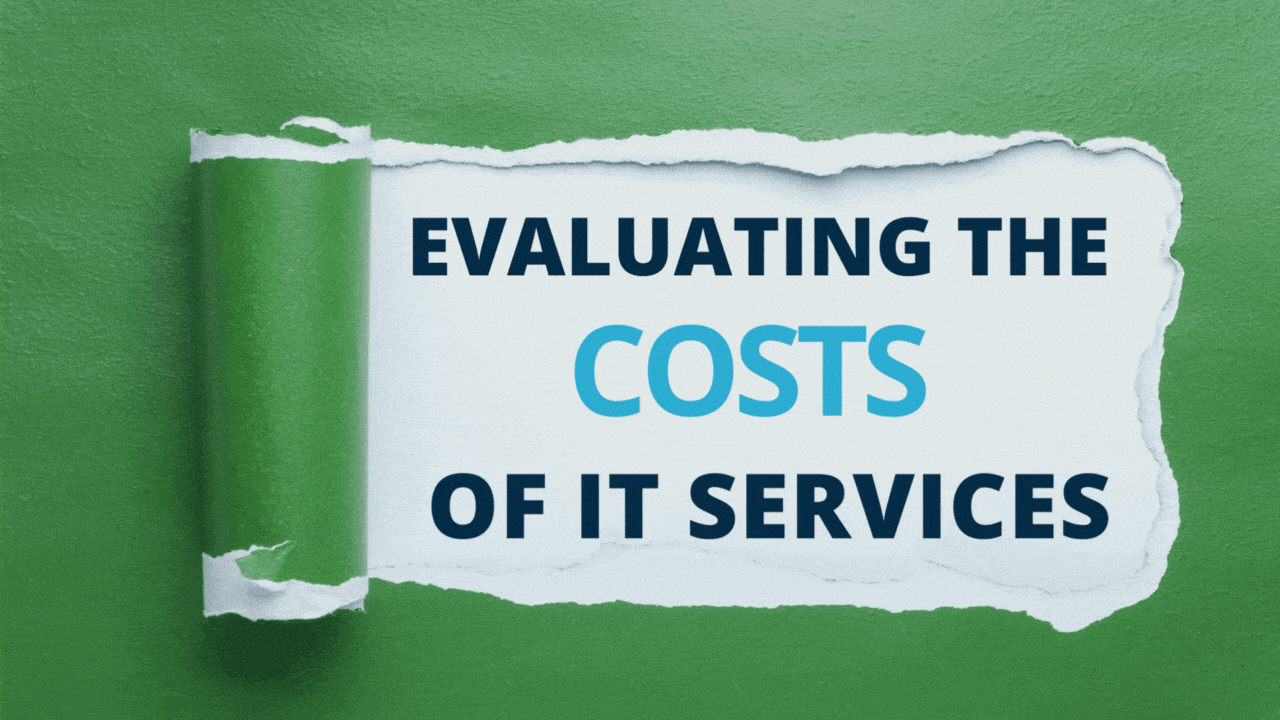What are the true costs of IT Services?

Crafting a well-planned and efficient IT budget is paramount for businesses. However, the stakes are even higher for small and medium-sized businesses (SMBs). Given their restricted resources, every penny spent must yield the highest returns.
Before diving into the specifics of your IT expenditure, it’s crucial to understand the underlying factors influencing these costs and pinpoint the essentials you can’t overlook.
In this article, we’ll delve into and elucidate the following key questions:
- What are the primary drivers behind IT service expenses?
- Which technology services are considered essential to business operations, and which IT services are typically included in a “managed” package?
What’s driving the cost of IT?
Here are some of the factors identified as driving up the costs of IT services:
- Cybersecurity: With the increasing number and sophistication of cyber threats, businesses must invest heavily in cybersecurity measures to protect their data and operations.
- Technological Advancements: As new technologies emerge, companies must update their IT infrastructure to stay competitive. This includes investing in new hardware, software, and training.
- Regulatory Compliance: New regulations related to data protection and privacy, such as GDPR and CCPA, require organizations to make changes to their IT systems and practices, driving up costs.
- Cloud Migration: Many businesses are transitioning from traditional on-premises systems to cloud-based solutions, which can have associated costs, even if they might lead to savings in the long run.
- Maintenance and Support: Regular maintenance, updates, and support for IT systems are crucial to ensure they function properly, leading to ongoing costs.
- Physical Infrastructure: Data centers, servers, and related infrastructure need electricity, cooling, and physical space, all of which have costs.
- Business Continuity and Disaster Recovery: Preparing for unexpected events, from cyberattacks to natural disasters, requires investment in tools, technologies, and strategies to ensure business operations can continue or be quickly restored.
Which services should be included in my IT package?

Most IT packages comprise different services and vary significantly in support, backup, and response time delivery. It can be hard to make an apples-to-apples comparison.
That is why, with three decades in IT delivery and expertise, the Blue Fox team is pulling back the curtain to reveal how we package our IT services. Look at services we deem as “essential” or baseline for every organization and additional IT-managed services that enhance security and growth.

Keep in mind that while some IT packages may appear cost-effective at first glance, they might not provide a holistic set of features, possibly overlooking critical services vital for promoting growth. Ensure you thoroughly assess both the cost and service quality when considering an external (or even internal) IT partner.
Want to evaluate your IT Services?
Blue Fox Group is committed to assisting SMB leaders in addressing both routine and complex IT obstacles. Reach out to us, and let’s explore how we assess your current IT package. Together, we can identify opportunities to cut expenses, prevent unexpected tech hitches, and align IT strategies with your business goals. All it takes is a chat to begin.
